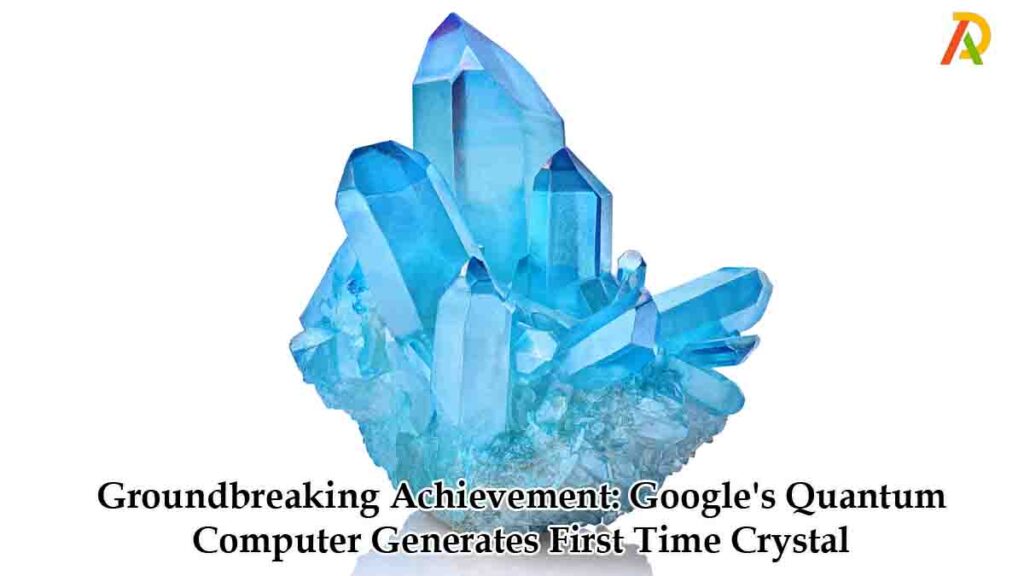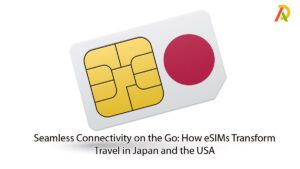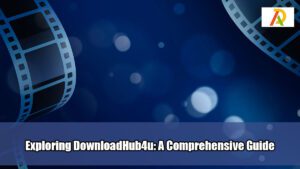Groundbreaking Achievement: Google’s Quantum Computer Generates First Time Crystal

On March 17th, 2023, Google announced a groundbreaking achievement in quantum computing. Their quantum computer has generated the first-ever time crystal, a state of matter that has previously only been theorized. This achievement is a significant step forward in the development of quantum technologies and could have implications for a wide range of applications, from cryptography to material science.
Time Crystal – What It is
To understand the significance of this achievement, we must first understand what a time crystal is. Time crystals are a new form of matter first proposed in 2012 by Nobel laureate Frank Wilczek. They are a type of crystal that repeats not only in space, like a typical crystal but also in time. In other words, they are structures that maintain a constant, repeating pattern of motion over time, even when not subject to external forces.
This may seem counterintuitive, as we are used to thinking of time as a linear progression. However, in the quantum world, time can behave differently than we are used to. Time crystals are made possible by the unique properties of quantum mechanics, which allow particles to exist in a state of superposition, meaning they can exist in multiple states simultaneously.
How to create Time Crystal
To create a time crystal, researchers must use a system of interacting quantum particles, such as atoms or ions, trapped in a low-energy state. They must then apply a periodic force to the system, which causes the particles to oscillate in a repeating pattern. The key is to apply the force in a way that breaks the time symmetry of the system, which means that the system behaves differently if time is reversed.
Google’s achievement is significant because it is the first time a time crystal has been generated in a quantum computer. Quantum computers are devices that use the principles of quantum mechanics to perform calculations that would be impossible for classical computers. They are still in the early stages of development, but they have the potential to revolutionize fields such as cryptography, drug discovery, and materials science.
To generate the time crystal, Google researchers used a system of nine qubits, the quantum equivalent of classical bits. They used a technique called Floquet engineering, which involves applying a periodic force to the system to break time symmetry. The result was a time crystal that exhibited a repeating pattern of motion that persisted even when the system was no longer subject to any external forces.
Time Crystal Achievement
The achievement has been hailed as a breakthrough in quantum computing. It demonstrates that quantum computers have the potential to not only perform calculations that are impossible for classical computers but also to explore entirely new areas of physics. Time crystals have been the subject of much theoretical speculation in recent years, but until now, they have only existed in the realm of ideas, and Google’s achievement brings them one step closer to reality.
The implications of this achievement are significant. Time crystals could have a wide range of applications in fields such as precision measurement and sensing and in the development of new materials. They could also have implications for cryptography, as the periodic pattern of motion could be used to generate random numbers that are difficult to predict.
In addition to the practical applications, generating a time crystal in a quantum computer is a major scientific achievement. It demonstrates the power of quantum mechanics and the potential of quantum computers to explore new areas of physics. It also opens up new avenues of research, as scientists can now study the properties of time crystals in a controlled laboratory setting.
There is still much work to be done before time crystals can be used in practical applications. The Google researchers used a small, nine-qubit system to generate the time crystal, but larger systems will be needed to make practical use of the technology.


